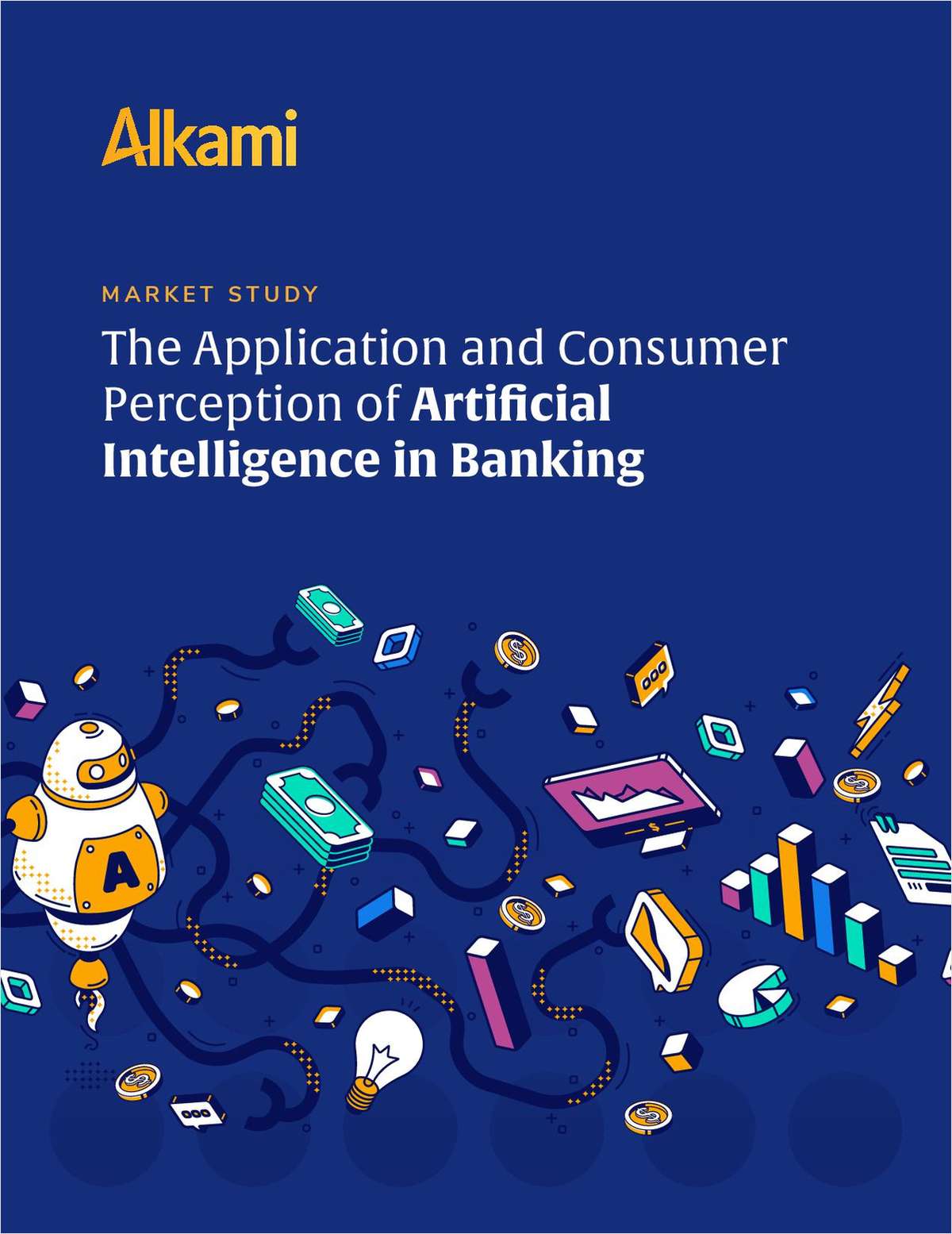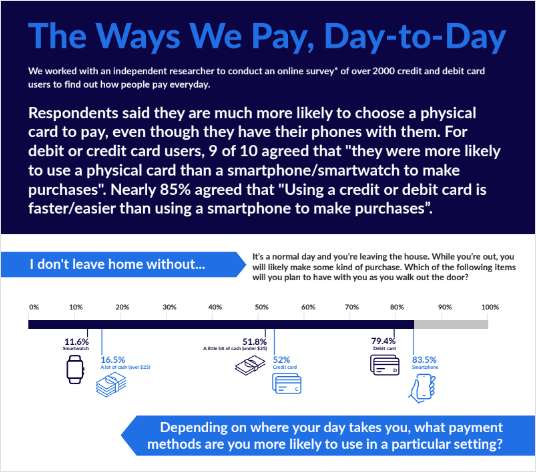PHILADELPHIA – Community development financial institutions, including community development financial institutions, saw asset growth of almost double that of commercial banks between 2000 and 2002, according to a study by the CDFI Data Project. The Data Project is an effort of CDFI supporters, supported by Foundation grants, including the National Federation Of Community Development Credit Unions, to document the economic importance of CDFIs. Commercial bank assets grew approximately 6.5% annually over that two-year period while CDFI assets grew at an annual rate of 13%, even though CDFIs and CDCUs work with lower-income and economically depressed people. "As economic distress increased during the recession, CDFIs responded by expanding their capacity to stimulate new high-quality jobs, quality affordable housing units, vital community facilities and basic financial services for low-income and low-wealth people," said Mark Pinsky, chairman of the CDFI Data Project. "While other financial service providers pulled back from these markets, CDFIs stepped up." Pinsky is also president and CEO of National Community Capital Association, a network of 160 CDFIs. The report found that, collectively, the 442 CDFIs included in the Data Project survey held $10.2 billion in assets at the end of 2002 and provided loans to build 34,000 units of affordable housing, mortgages to 4,100 people and alternatives to payday lending to another 4,800, the report also found. As a part of the overall CDFI industry, CDCUs also demonstrated healthy growth from 2000 to 2002, growing to $3.1 billion in assets and $323 million in net worth at the end of 2002. This meant CDCUs moved up as a share of total CDFI assets from 28% to 30%. The Federation, which contributed to the report, found that CDCUs had roughly 866,000 members at the end of 2002, a 44% increase in the entire sector but only a 12% increase among credit unions which were monitored across the entire period. "In fiscal year 2000 we surveyed 193 CDCUs and in fiscal year 2002 we surveyed 239," explained Greg Gemerer, research officer for the Federation, "so we have corrected for that by measuring across the three year peer group as well as the sector as a whole," he added. For example, the Federation derived and reported the 13% growth figure in CDCUs across those 193 original CDCUs, but when measured as a sector as a whole the growth rate was 70%, reflecting the addition of new institutions. CDCUs as a whole also saw their loans grow 60% to $2.16 billion as of the end of 2002, 24% over the three year peer group. But a closer look at the sector showed that the six largest CDCUs hold 56% of CDCU assets and that the average CDCU had $12.9 million in assets, while the median CDCU is only $1.5 million in assets. In terms of demographics, CDCUs continue to build among low income and minority communities. Sixty-five percent of CDCU board members are minorities while 80% of CDCU members qualify as low income. The average CDCU opened 280 accounts to people who were previously unbanked in 2002. In terms of safety and soundness, CDCUs also beat banks, the report found. CDCUs saw 0.92% of their loans charged off across the three year period, compared to 0.95% for commercial banks. Delinquent loans were 1.94% for CDCUs, compared to $2.53% for commercial banks. But the report also found that CDCUs had a rate of return on their loans of only 0.98%, compared to 1.30% for commercial banks. -
Complete your profile to continue reading and get FREE access to CUTimes.com, part of your ALM digital membership.
Your access to unlimited CUTimes.com content isn’t changing.
Once you are an ALM digital member, you’ll receive:
- Breaking credit union news and analysis, on-site and via our newsletters and custom alerts
- Weekly Shared Accounts podcast featuring exclusive interviews with industry leaders
- Educational webcasts, white papers, and ebooks from industry thought leaders
- Critical coverage of the commercial real estate and financial advisory markets on our other ALM sites, GlobeSt.com and ThinkAdvisor.com
Already have an account? Sign In Now
© 2025 ALM Global, LLC, All Rights Reserved. Request academic re-use from www.copyright.com. All other uses, submit a request to [email protected]. For more information visit Asset & Logo Licensing.









